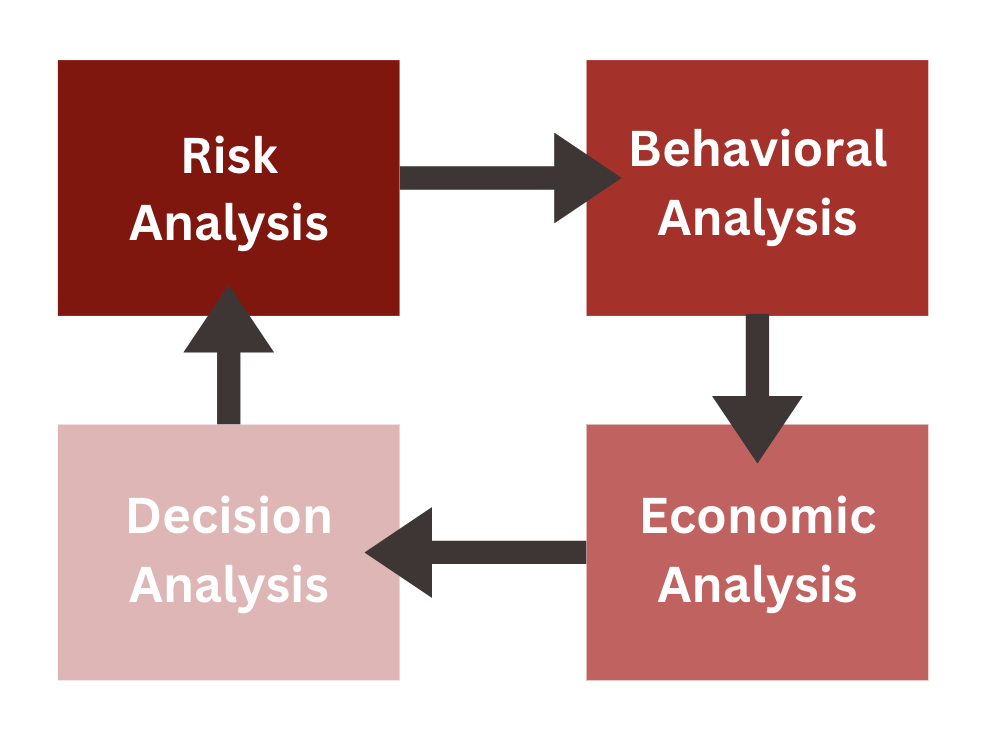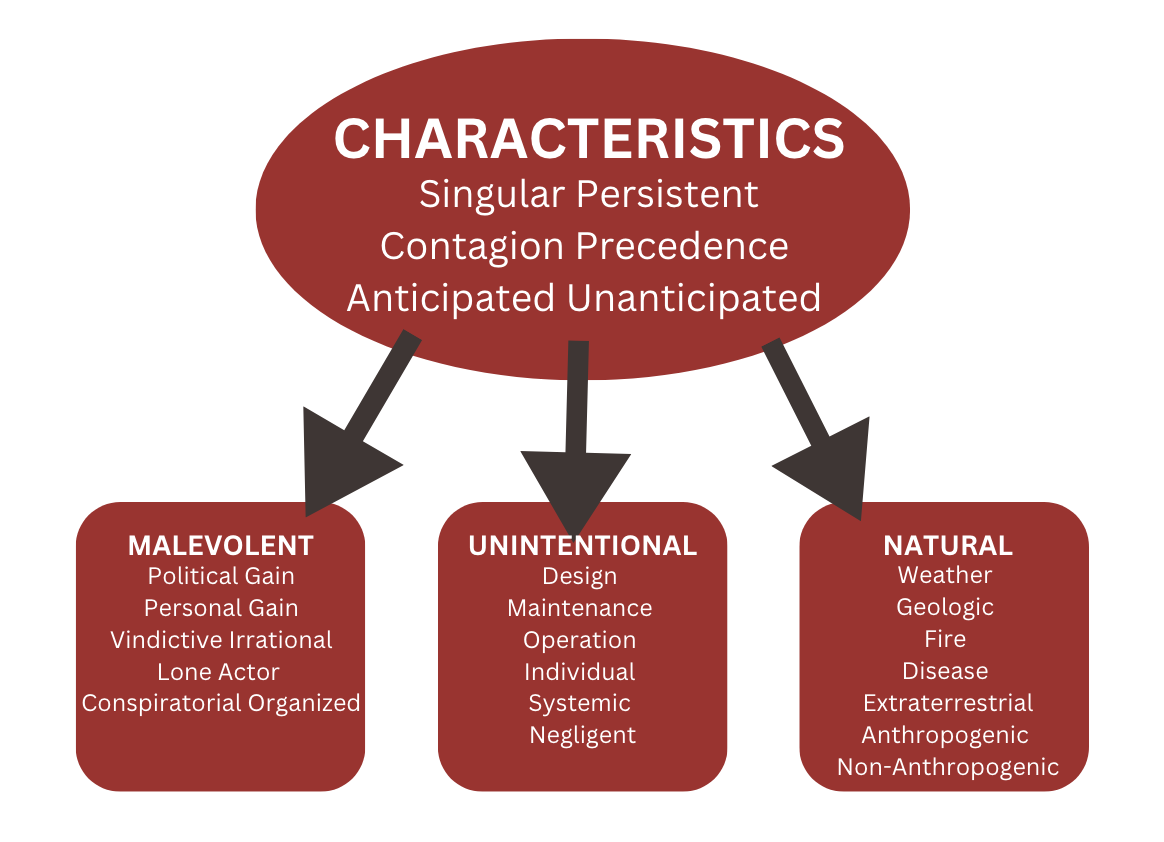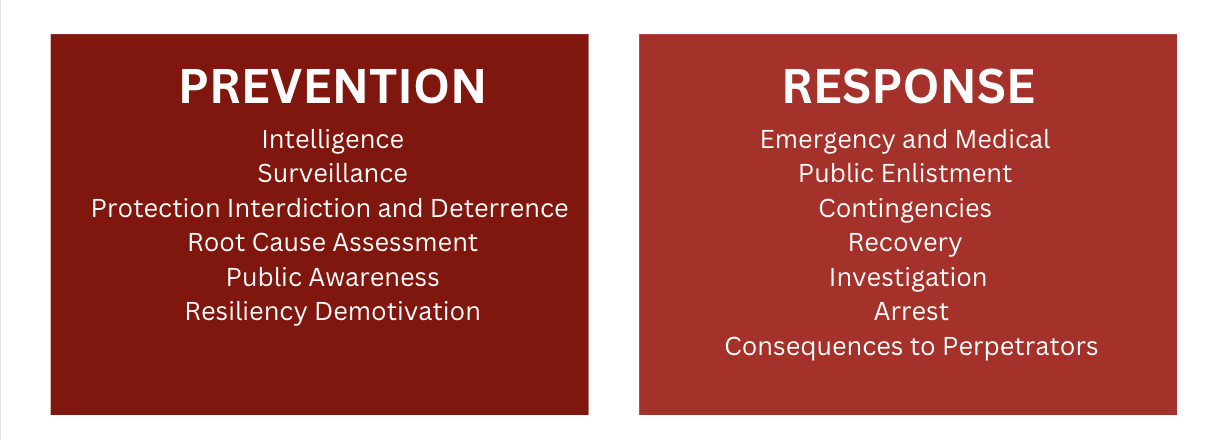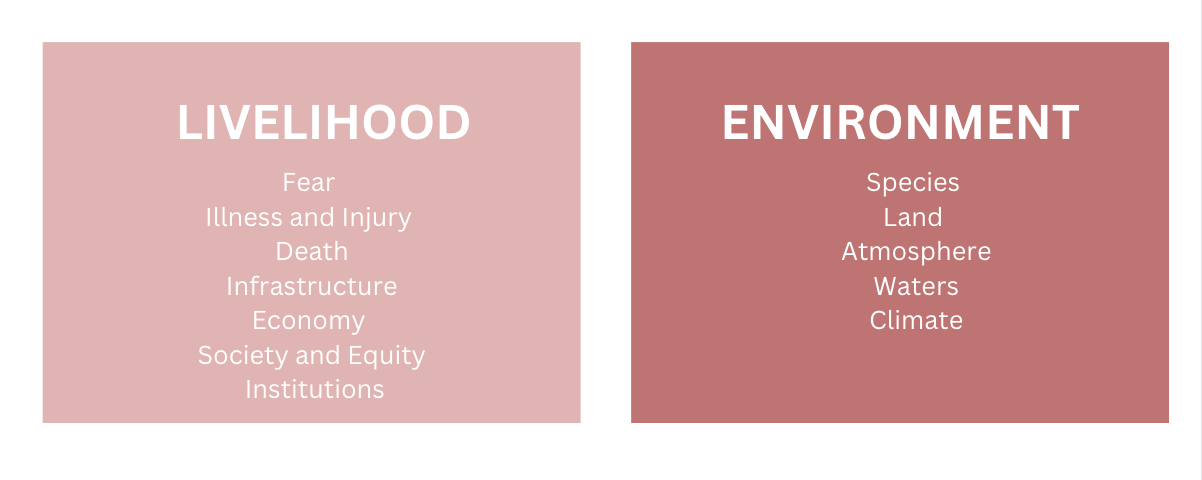Research Areas
CREATE's research framework extends fundamental and applied knowledge in significant new ways by integrating multidisciplinary advances in four research areas

CREATE provides a comprehensive research and development program that generates models, tools, evaluation methods, software, targeted analyses and communication protocols. We enhance the operations of homeland security agencies, making them more efficient and effective at improving the nation’s security in the face of terrorism, natural disasters and technological accidents. At the same time, CREATE conducts fundamental research that advances the science of risk analysis, economics and operations research in risk, behavioral, economic and decision analysis.
CREATE uses an open knowledge framework to anticipate, prioritize and respond to new and unanticipated threats from terrorism and natural disasters. We account for public risk perception and the impacts of how threats, risks and consequences are communicated. Our approach is applied across the breadth of hazards facing lives and livelihood in America.
CREATE supports the application of research through user-driven models, tools, education, software, professional training and executive education, in partnership with the Department of Homeland Security.
Risks, Interventions and Consequences
CREATE applies its research framework to the spectrum of threats and emergencies that jeopardize lives and livelihood, as well as the environment. Our aim is to prioritize interventions that effectively and efficiently reduce threats and mitigate emergencies of all types.

Risks
Threats and emergencies are risks rooted in malevolence (e.g., terrorism), unintentional errors and accidents (e.g., structural failures) and natural events (e.g., hurricanes, fires or earthquakes). Root causes may be individualistic, systemic, anthropogenic (e.g., human caused fires) or non-anthropogenic (e.g., earthquakes). Threats and emergencies may be singular (occurring at a specific point in time) or persistent (continuing over weeks, months or years), and those that persist may operate as a contagion (as in viral disease) in which precipitating events lead to cascading consequences. Threats and emergencies may occur with precedence or not, and those that have no precedence may or may not be anticipated.

Interventions
Interventions reduce threats and mitigate emergencies through prevention (reducing the likelihood and severity of events) and response (reducing consequences once events occur). Both take many forms, drawing from diverse talents (including the public), as appropriate to the type of threat or emergency. In the case of malevolent threats, perpetrators may respond to interventions with new tactics, requiring adaptation or randomization for protection.

Consequences
The adverse consequences of threats and emergencies affect human lives and livelihood as well as the environment. Human consequences are both personal (potentially fear, illness and injury and death) and broad (infrastructure, economy, society and institutions). Environmental consequences affect non-human species, lands, atmosphere, water and climate.
CREATE reduces the adverse consequences of threats and emergencies by developing and prioritizing interventions, using the methods of risk, behavioral, economic and decision analysis.






